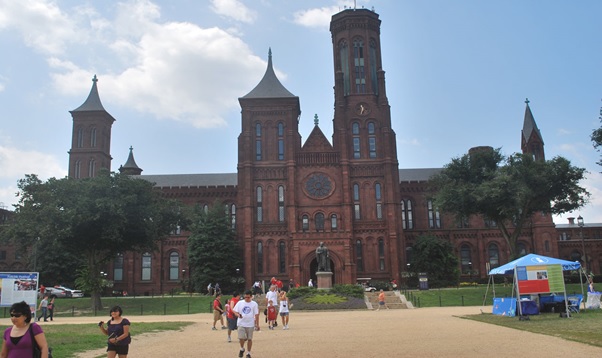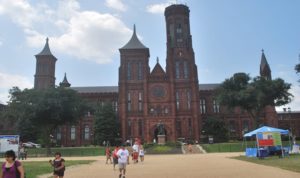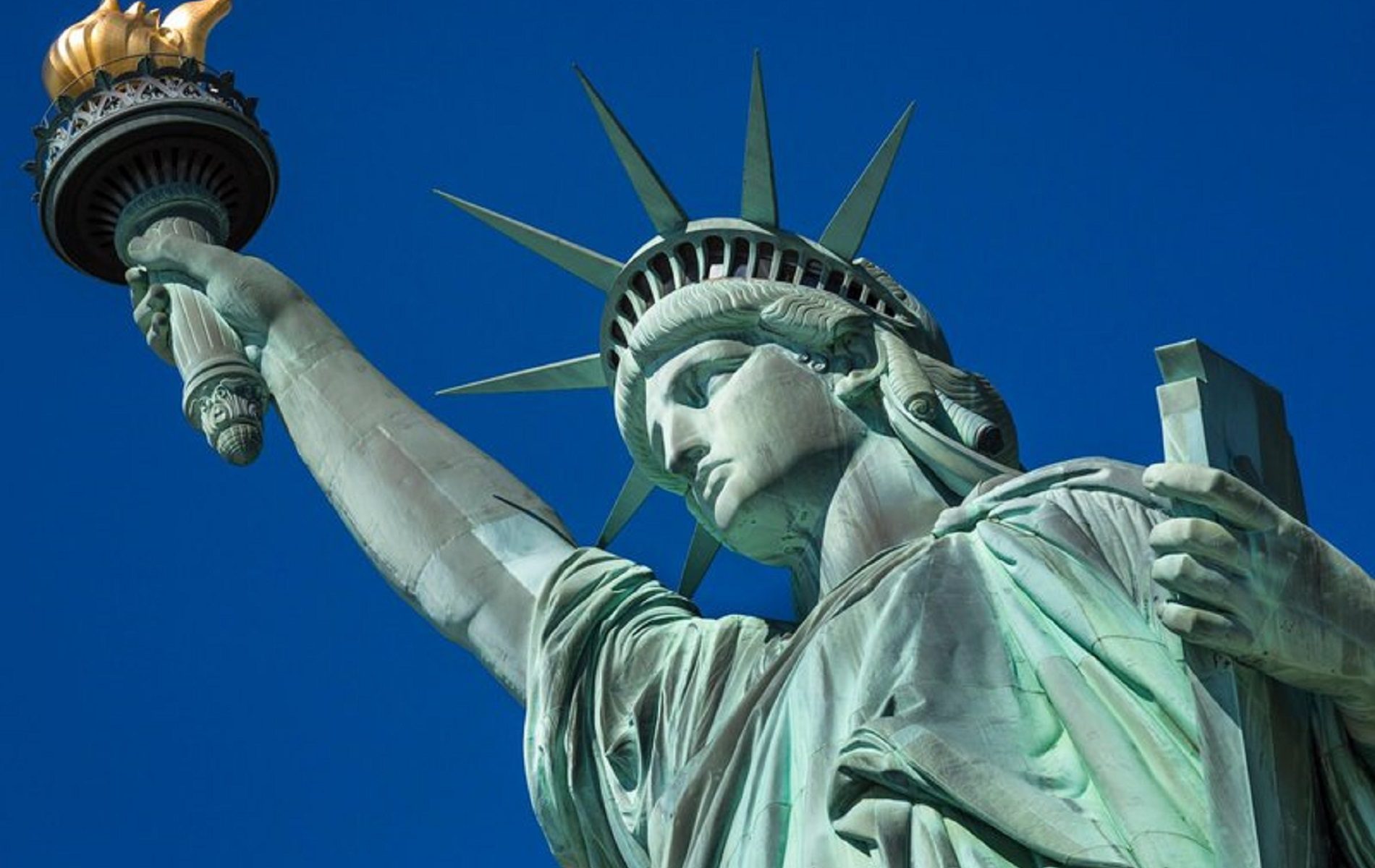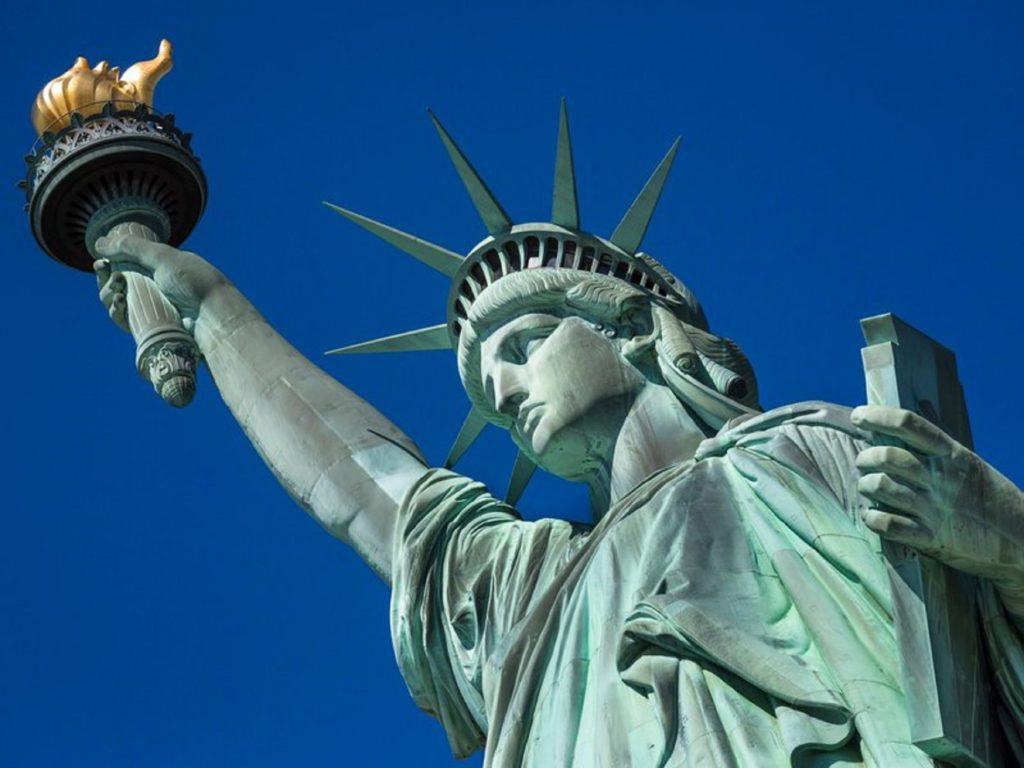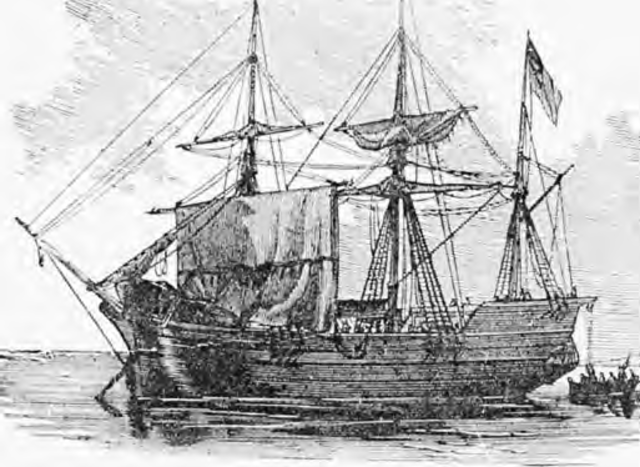
As visitors walk through the story of the making of the American People, they will encounter unique markers along their chronological path that will touch upon laws made in national capitals — London, Philadelphia, New York, Washington, DC — or in individual colonial and then state capitals that affected who could be a citizen and how they would be eligible to become one.
While there are no such markers in the Museum’s first chapter up to 1607, laws passed in the British Parliament affected their colonial outposts starting in the 1600s. English persons and their children in the colonies were considered subjects of the king. It generally took an individual act of Parliament for a non-English person to be a subject and even that exception was strictly limited to Protestants.
In the meantime colonialists were pushing for more open paths to bring people to the colonies and to promote settlement in them. The Plantation Act of 1740 made it easier for aliens to apply for naturalization within their colonies, but that was still limited to Protestants with some exceptions for Quakers and Jews. New York, Georgia and Rhode Island made it a matter of policy to grant rights to Jewish applicants and those are the colonies where Jews settled in the largest numbers.
Several colonies issued their own naturalization policies until Parliament cracked down on that practice in 1773. Pennsylvania led the way in opening its doors to aliens.
In our Declaration of Independence in 1776 one of the specific complaints listed against King George was that “He has endeavoured to prevent the population of these States; for that purpose obstructing the Laws for Naturalization of Foreigners; refusing to pass others to encourage their migrations hither, and raising the conditions of new Appropriations of Lands.”
After the Revolutionary War, the Articles of Confederation in 1781 allowed each colony to pass its own naturalization laws with the understanding that all of the colonies would accept persons so naturalized. Those laws generally required an affirmation of allegiance to an authority and a period of physical residence prior to obtaining the right of citizenship.
The Confederation was superseded by the Constitution in 1789 which provided a stronger central government for the United States. Article 1, section 8, gave Congress the authority “To establish a uniform Rule of Naturalization” to cover the new nation.
The first naturalization law was passed in 1790. It limited naturalization to immigrants who were residents for two years and free white persons of good character thus excluding Native Americans, indentured servants, slaves, free blacks and later Asians. It also provided for citizenship for the children of U.S. citizens born abroad.
Five years later the law was changed to extend the residency period to five years for white persons of good moral character and to pledge allegiance to the Constitution of the United States. In 1798 the residency requirement was extended to 14 years, but that was repealed four years later.
The next major changes to the definition of new citizenship came in the wake of the Civil War. We will explore that period in the next blog which covers immigration laws during the National Museum of the American People’s third chapter from 1820 to 1924.
This blog is about the proposed National Museum of the American People which is about the making of the American People. The blog will be reporting regularly on a host of NMAP topics, American ethnic group histories, related museums, scholarship centered on the museum’s focus, relevant census and other demographic data, and pertinent political issues. The museum is a work in progress and we welcome thoughtful suggestions.
Sam Eskenazi, Director, Coalition for the National Museum of the American People



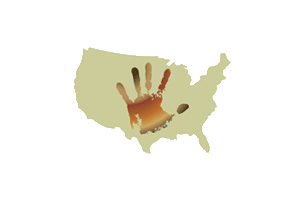
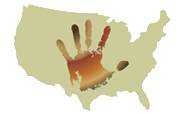

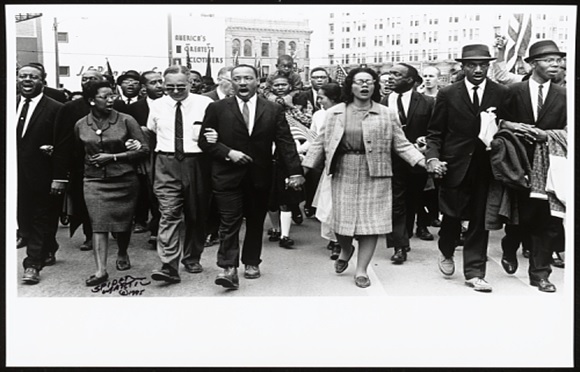
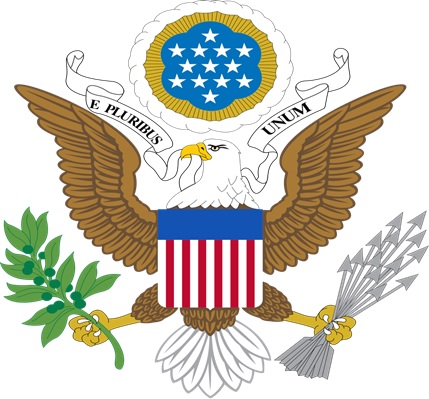
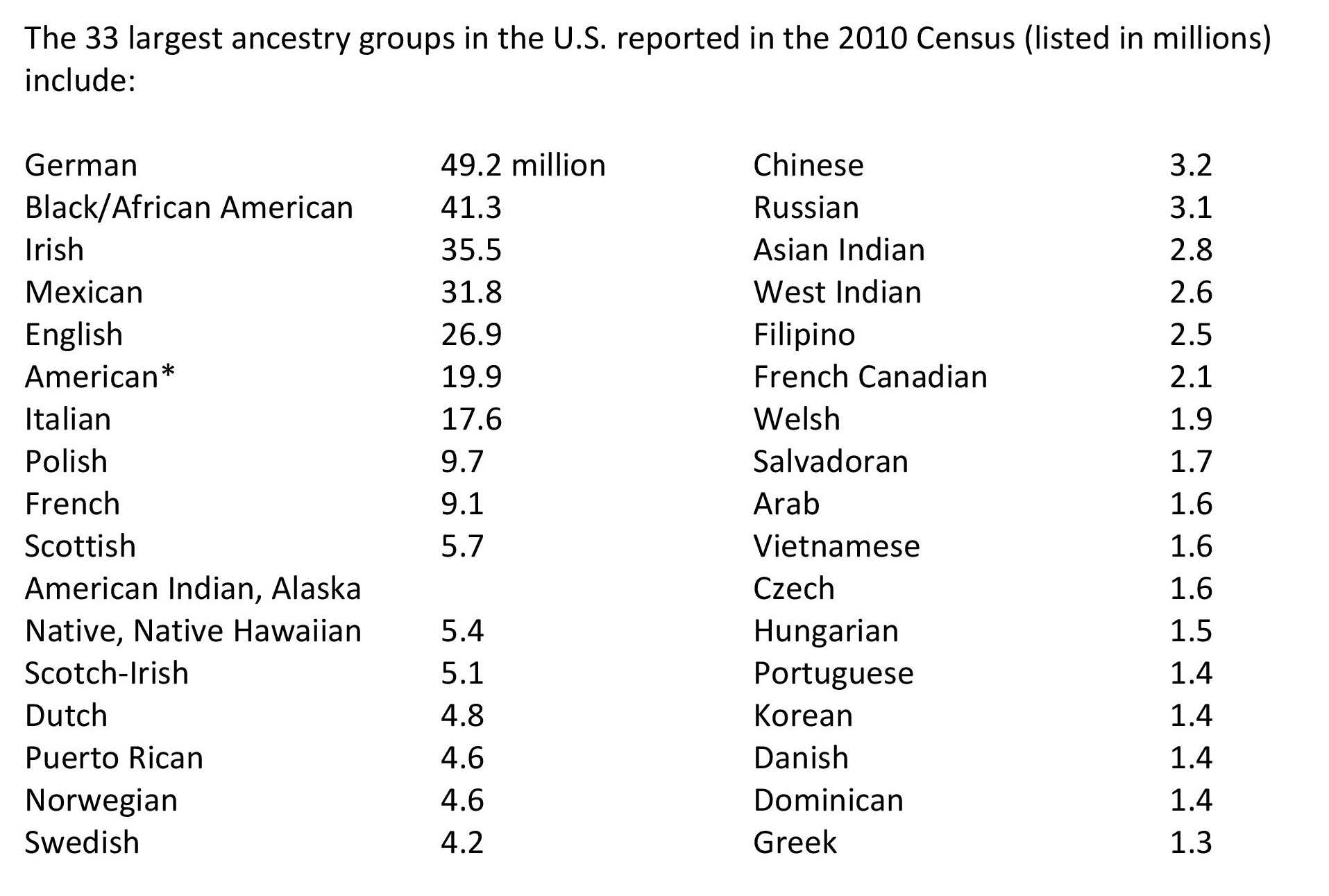 * Generally, people who put down “American” on the Census form have ancestors who came from England, Scotland, Ireland and Germany during the 17 and 18th centuries. They and their descendants thoroughly intermingled and 200 years later they describe their ethnicity as American.
* Generally, people who put down “American” on the Census form have ancestors who came from England, Scotland, Ireland and Germany during the 17 and 18th centuries. They and their descendants thoroughly intermingled and 200 years later they describe their ethnicity as American.